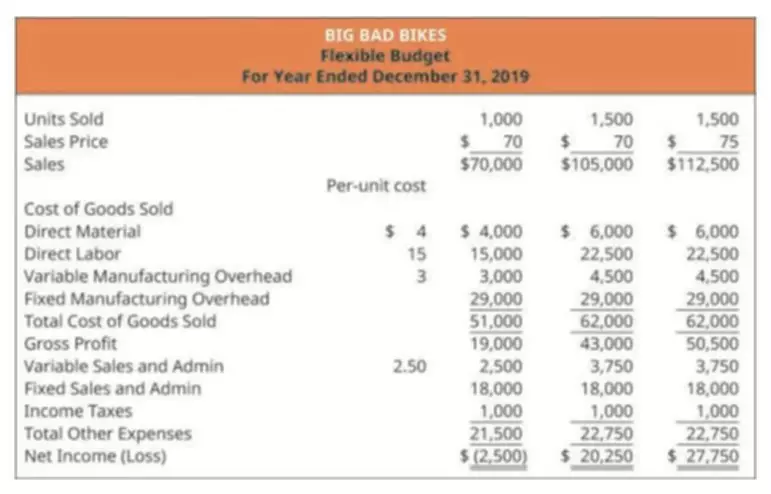Content

Students often ask why they need to do all of these steps by hand in their introductory class, particularly if they are never going to be an accountant. If you have never followed the full process from beginning to end, you will never understand how one of your decisions can impact the final numbers that appear on your financial statements. You will not understand how your decisions can affect the outcome of your company. The purpose of a post-closing trial balance is to ensure that all the individual account balances match the debit and credit columns. This report is used to identify any errors that may have been made while posting the closing entries.
Each account balance is transferred from their ledger accounts to the post-closing trial balance. All accounts with a debit balance will be listed on the debit side of the trial balance and all accounts with a credit balance will be listed on the credit side of the trial balance. The post-closing trial balance, the last step in the accounting cycle, helps https://simple-accounting.org/ prepare your general ledger for the new accounting period. It closes out balances in both expense and revenue accounts, which allows you to start tracking these totals again in the new accounting period. The unadjusted trial balance shows the end balance of all primary accounts in a business ledger at the end of the accounting reporting period.
What Is the Purpose of the Post-Closing Trial Balance?
In essence, the company’s business is always in operation, while the accounting cycle utilizes the cutoff of month-end to provide financial information to assist and review the operations. The post-closing trial balance for Printing Plus is shown in Figure 1.32.
Texas hospitals warn of rural closures, care delays and service cuts without legislative support – FierceHealthcare
Texas hospitals warn of rural closures, care delays and service cuts without legislative support.
Posted: Wed, 30 Nov 2022 21:40:08 GMT [source]
In other words, the closing balance of these accounts in one accounting year becomes the opening balance of the succeeding accounting year. Debit BalancesIn a General Ledger, when the total credit entries are less than the total number of debit entries, it refers to a debit balance.
Requirements for a Trial Balance
The first step is to collect all accounts under one trial balance sheet for Consulting Company Incorporated. Below is an example of a business accounting team using post-closing entries in their accounts. A trial balance is so called because it provides a test of a fundamental aspect of a set of books, but is not a full audit of them. Real AccountsReal accounts do not close their balances at the end of the financial year but retain and carry forward their closing balance from one accounting year to another.
- The purpose of this trial balance is to make sure that no more temporary account balances exist before the books are rolled forward into the next year.
- The unadjusted trial balance is prepared on the fly, before adjusting journal entries are completed.
- All of the above tests whether all debits equal all credits.
- A repository for all of your accounts, every transaction recorded either in your accounting software or in your manual ledgers directly impacts the general ledger.
The post-closing trial balance shows the balances after the closing entries have been completed. Companies initially record their business transactions in bookkeeping accounts within the general ledger. Furthermore, some accounts may have been used to record multiple business transactions. Preparing a trial balance for a company serves a post closing trial balance will show to detect any mathematical errors that have occurred in the double entry accounting system. If the total debits equal the total credits, the trial balance is considered to be balanced, and there should be no mathematical errors in the ledgers. However, this does not mean that there are no errors in a company’s accounting system.
What Is The Purpose Of The Trial Balance Worksheet Quizlet?
If there are any temporary accounts on this trial balance, you would know that there was an error in the closing process. The difference between the unadjusted trial balance and the adjusted trial balance is the adjusting entries that are required to align the company accounts for the matching principle. It is used to indicate the account balances at the beginning of a financial period, after accounting for any entry made after the closing date of the previous year’s books. The post-closing trial balance is the last step in the accounting cycle to ensure that all accounts are in balance and ready for the next accounting cycle.
- Below is an example of a business accounting team using post-closing entries in their accounts.
- Since all temporary accounts will have zero balances, the post-closing trial balance will comprise only balance sheet accounts .
- A trial balance can be used to detect any mathematical errors that have occurred in a double entry accounting system.
- The post-closing trial balance has one additional job that the other trial balances do not have.
- Instead, they are accounting department documents that are not distributed.
- A post-closing trial balance is a trial balance made at the end of the period to verify that the total debits and total credits are equal.
Once the adjustments have been posted, you would then run an adjusted trial balance. The third step in preparing closing entries requires transferring the ______ to the appropriate owner’s capital account. The table below is a post-closing trial balance example showing a worked-out process that post-closing trial balance accounts should look like.
What Accounts Are Debited In Closing Entries?
The unadjusted trial balances will not show any adjustments made prior to reporting this balance. The unadjusted trial balance is like a rough draft of the trial balance sheet because it serves as the starting point for needed account adjustments in a trial balance sheet. All three of these types have exactly the same format but slightly different uses.
Once we are satisfied that everything is balanced, we carry the balances forward to the new blank pages of the next year’s ledger and are ready to start posting transactions. DebitsDebit represents either an increase in a company’s expenses or a decline in its revenue. Mary Girsch-Bock is the expert on accounting software and payroll software for The Ascent. In both of these examples, the post-closing entries could either decrease or increase depending on the status of the amendments made in the post-closing entries. The accounting cycle records and analyzes accounting events related to a company’s activities.
Post-closing Trial Balance:
The temporary accounts must be closed at the end of the accounting period. The corrected post-closing trial balance has the debit balances which equal credit balances. The temporary accounts – revenue, expenses, drawing, and Income Summary, apply only to one accounting period and do not appear on the postclosing trial balance.
Instead, they are accounting department documents that are not distributed. There has been an error in journalizing the closing entries in the preceding step of the accounting cycle. For example, an unadjusted trial balance is always run before recording any month-end adjustments.


